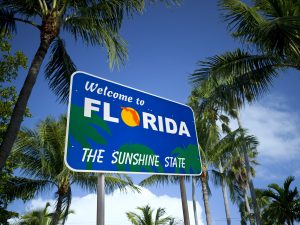In Hurricane Florence: Maximizing Insurance Recoveries, Pillsbury’s Joe Jean and Peter Gillon discuss the immediate and proactive steps affected businesses and other organizations should take to maximize their insurance recovery.
1. Obtain and Review Your Insurance Policies.
2. Assess All Possible Coverages.
3. Place All Insurers on Notice.
4. Document and Mitigate Your Losses.
5. Detail Your Business Interruption and Contingent Business Interruption Claims.
6. Engage Experts.
7. Follow the Policy to Preserve the Claim.
8. Consider Government Funds for Nonprofits Providing Critical Infrastructure and Essential Services.
 Gravel2Gavel Construction & Real Estate Law Blog
Gravel2Gavel Construction & Real Estate Law Blog







